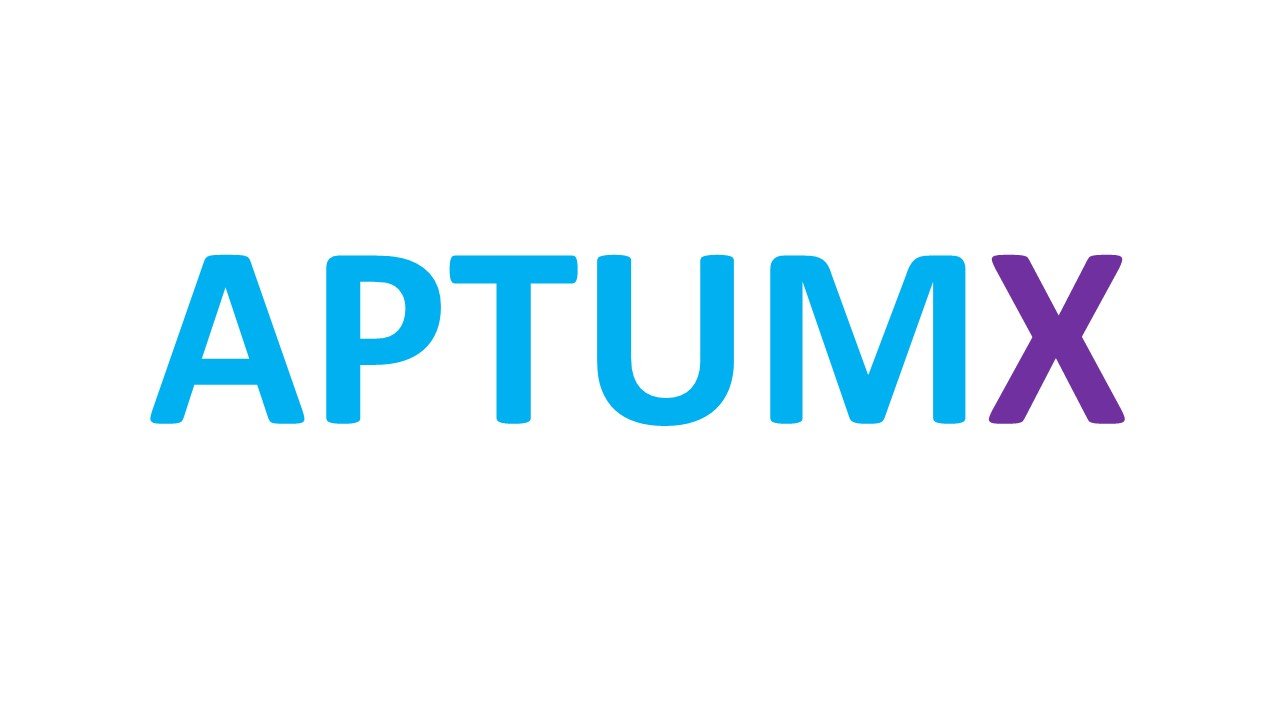Flexible automation: lift the productivity lid
Automation is the use of computer software to assist business in doing a better job. It takes three forms:
Assisting a person to complete a task, such as taking a sales order or removing the need to key in the same data twice.
Presenting a person with the tasks they need to do - removing the need to recall what to do next by automating the decision making.
Managing the flow of work from person to person, minimizing the time taken to process a transaction.
Automation can also enable each of the above to be performed without the need for human involvement, effectively replacing the person in the activity with a virtual robot.
Of the three forms, the greatest productivity gains are generally to be had from automating the flow of work, effectively keeping work always moving. We call it removing the dead air from business. The benefits are substantial - from better customer service to less capital tied up, and from better utilization of resources to improved quality of outcomes.
There is another major benefit that comes from the type of automation you use – fixed or flexible. Fixed automation systems are coded in the traditional manner, which can cause systems to crash. They need to be tested to reduce the risk, and the overhead involved deters change.
Flexible systems are model-based in which the model self-validates any change and removes the need for the testing overhead. This enables change in near real-time, which means that systems can respond to events as soon as they are identified. For example, in the case of a clothing company, a production delay triggered the use of airfreight to meet delivery dates. The system immediately reflected this in the projected margins, triggering the CEO to have the system changed to enable renegotiation of deliveries with affected customers, thereby mitigating the financial impact. All of this, from identification of the problem to changing the system and renegotiating delivery dates happened the same day.
Had the company been using fixed automation, their system would have required weeks to alter, necessitating manual intervention with its associated challenges.
What is preventing business from adopting this level of automation?
In March 2003 venture capitalist and technology commentator, Bill Gurley, predicted that business process automation would do for the rest of industry what Just In Time had done for manufacturing. It didn’t happen. Why?
Gurley’s recipe for productivity improvement started with business using software to define what they do and then automating that definition. The problem was that businesspeople have great difficulty defining what they do to the level of accuracy required by automation, and the software products were not up to the job. By 2009 both industry and software vendors had given up on trying to make automation work.
Gurley pointed to the work of W. Edwards Deming and others in transforming automobile manufacturing in Japan by a continual focus on quality and improvement. Specifically, until a manual task was defined to 100% accuracy the task was not given to a robot.
It was the lack of accuracy that killed automated systems in the 2000’s. When an automated system hits an exception – such as a choice for which it is not programmed – it halts, forcing users to implement workarounds.
In the case of the clothing company the CEO personally took responsibility for the definition of how the business must operate, and over-ruled staff when they disagreed. In contrast, it is typical in many companies, where managers have incorrectly defined how their business worked and staff complained, for the problem to be deemed to be with the software rather than the managers.
The reality is that people often can’t recall what they do with the level of accuracy required for automation. The solution lies in building this into the process of creating automated systems and this is where flexible automation software is the solution.
Start by assuming human memory is fallible and so needs to be jogged into recalling things. Create a first pass of an automated system with the users. Once they use it they will recall what’s missing or incorrect. With flexible automation this can be fixed on the spot and the process repeated until the users are happy that the system does indeed do what is needed.
If, when a system goes live, they find there is still a problem, that too can be fixed on the spot and the system can continue to be used without having to halt live running and roll back to the previous system while the software is fixed.
With flexible automation, productivity improvement is a continual process.

